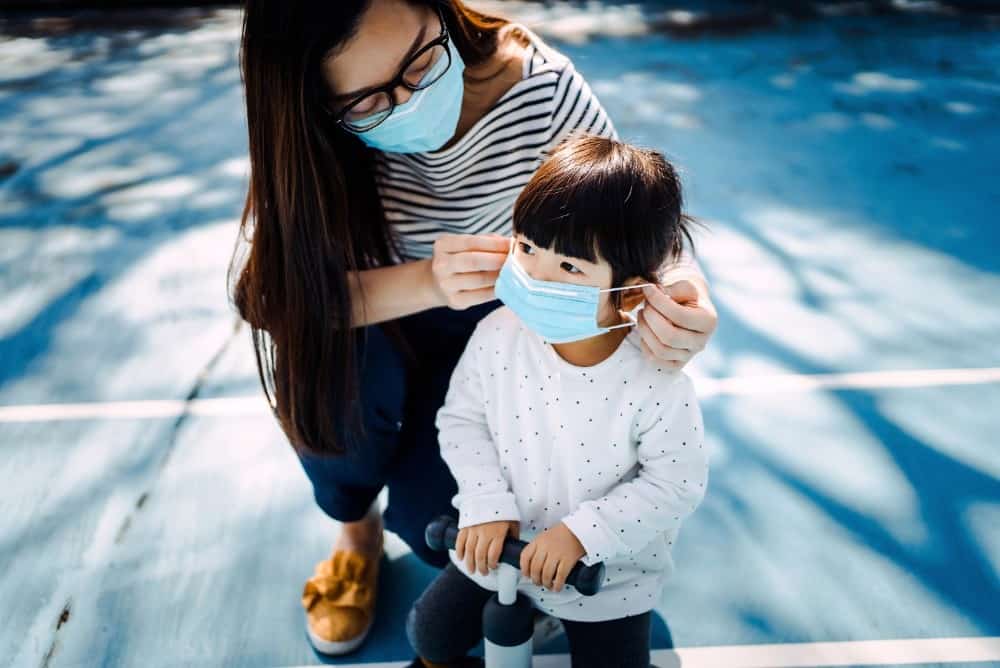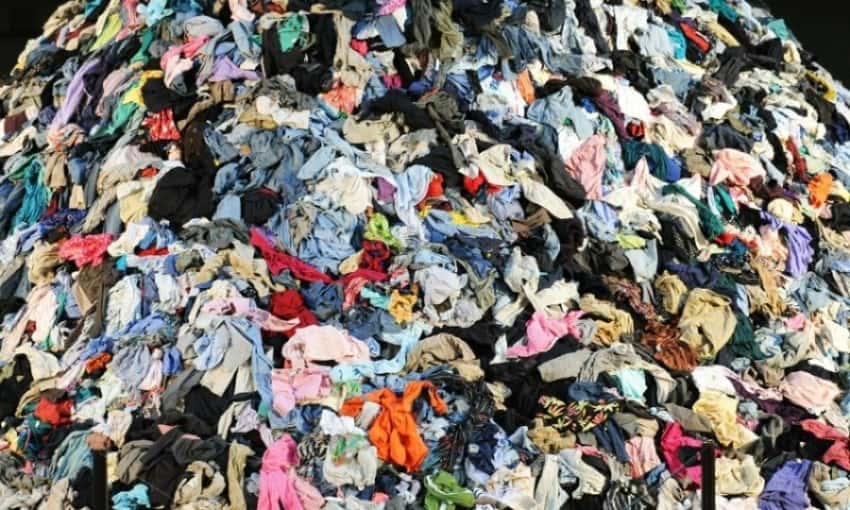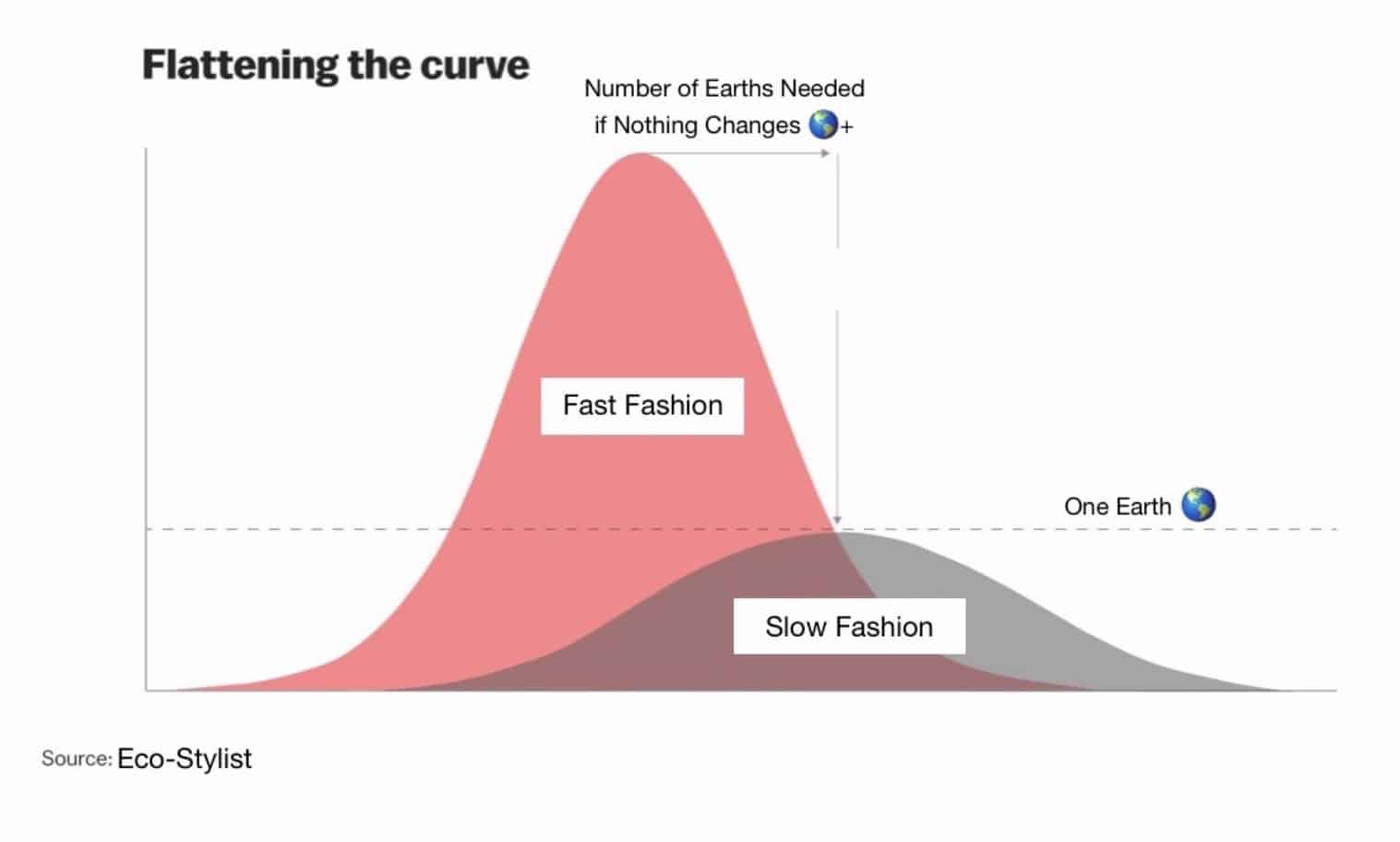The response to Covid-19 has been massive; countries all over the world have enacted widespread social distancing measures and numerous other policies such as mandatory face masks. Of course, this hasn’t just been on the governmental level, citizens have also taken steps to respond to Covid-19.

The response to Covid-19 proves that governments and individual people have the ability to act quickly and assertively in response to an imminent crisis. Despite this, the response to climate change has been sluggish.
Climate Change: A Public Health Crisis
The impact of climate change affects not just the environment, but people too. Droughts and heat waves caused by climate change lead to staggering death tolls and displacement. Rapid population growth and deforestation is accelerating a scarcity of vital resources.
Currently, the response of most of the world is severely lacking. There are only 48 countries who have managed to develop sustainably. According to the Washington Post, “developing sustainably” occurs when countries raise their GDP while simultaneously reducing their impact on the environment.
The United States is not one of them. According to the British Broadcasting Service, the United States alone would need 3.9 Earths to sustain its use of resources.
This isn’t to say that individual people aren’t doing anything. Mindful lifestyle choices such as recycling, going zero waste, and cutting back on meat consumption are all helpful in reducing resource consumption.
However, there is one area of our lives that most of us don’t address enough: our wardrobe. The clothes we choose to buy greatly impact climate change.
Climate Change: The Impact of Fast Fashion
Even though the environment doesn’t cross most of our minds when we’re out finding trendy, affordable clothes, fast fashion is aggressively harming the environment.

First, fast fashion is just that: fast. It’s made quickly and cheaply, and this speed leads to massive amounts of waste. Out of billions of clothing items that are made each year, over half of them are thrown away.
Second, the materials that fast fashion consumes are harmful to the environment. Polyester, for example, comes from oil and nearly 70 million barrels of oil are needed each year to satisfy fast fashion’s demand for the material.
Cotton, as another example, requires massive amounts of water to be grown. One cotton shirt takes 1,750 liters of water. Overall, 79 billion cubic meters of water were used by the fashion industry in 2017 and many of the countries that grow cotton to sustain this high demand are quickly running out of water.
If that wasn’t enough, conventional cotton is also the most pesticide intensive crop on earth, and those toxic chemicals are harmful to our soil and water.
For more information on fast fashion, check out this episode of Patriot Act:
What If We Treated Our Wardrobes Like Covid-19?
If we think of fast fashion in the terms of Covid-19, it’s like a virus and one that needs to be addressed.
According to Vox, if Covid-19 had been addressed the way we’ve addressed climate change, then there would be almost no policies to flatten the curve. However, with the policies enacted and the actions of individuals, the world is managing to flatten the curve and stop the spread of the virus.
What if we applied the lessons from Covid-19 to combat climate change? What if we started with one piece of that big problem: fast fashion?
Covid-19 has taught us that new government policies to clean up fast fashion could be implemented quickly. It’s also taught us that people can come together to make the individual changes needed for large scale positive impact.
Ultimately, we need both policy changes and individual actions to flatten the curve of fast fashion. While we wait for policymakers to catch up, there are individual actions we can all take to start addressing fast fashion, and to reduce the number of earths needed to sustain our lifestyles down to one.

Let’s flatten this curve too!
How Can We Start Flattening the Curve of Fast Fashion?
- We can buy less clothing while making the clothing that we do buy last longer.
- We can thrift to find stylish clothing without breaking the bank or buying into fast fashion brands.
- We can buy from sustainable brands.
- We can dispose of our old clothes in responsible and environmentally friendly ways.
You’ll Also Like:
- Why is Fast Fashion Bad?
- Is Fast Fashion Bad for Your Happiness? Let’s Discuss.
- 23 Ethical Alternatives to Shein

Roxanna Barbulescu is a content writer at Eco-Stylist. She studies English and Creative Writing, and Health and Human Physiology at the University of Iowa. Roxanna also enjoys drawing, biking, and writing short stories.









